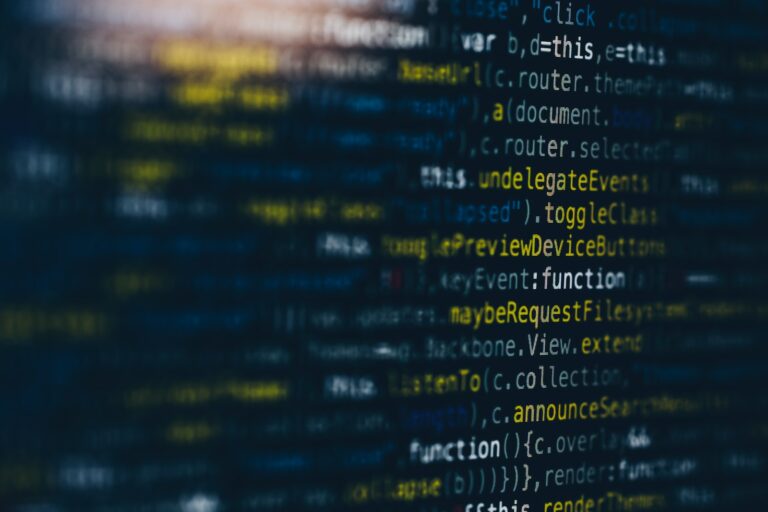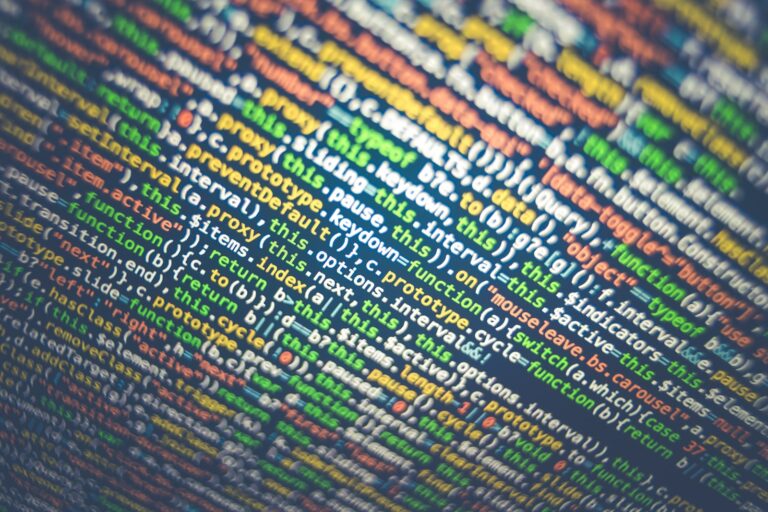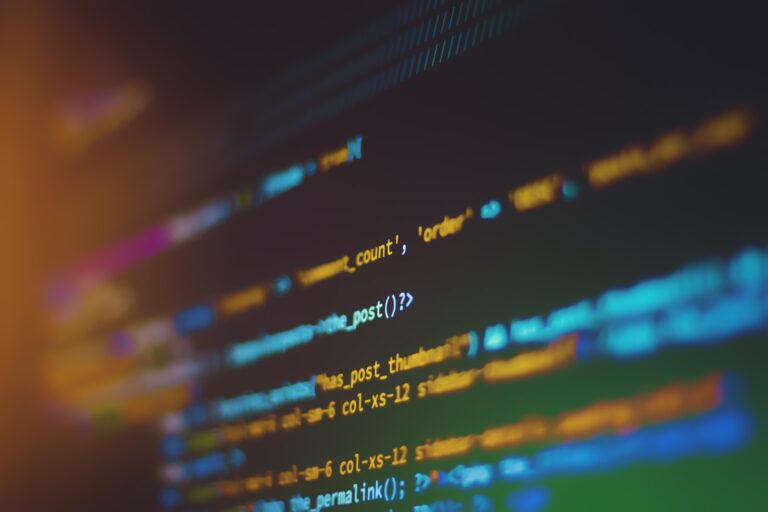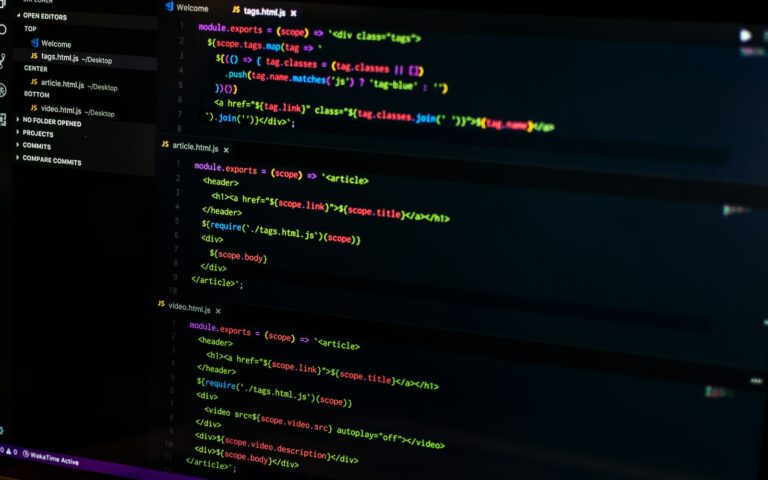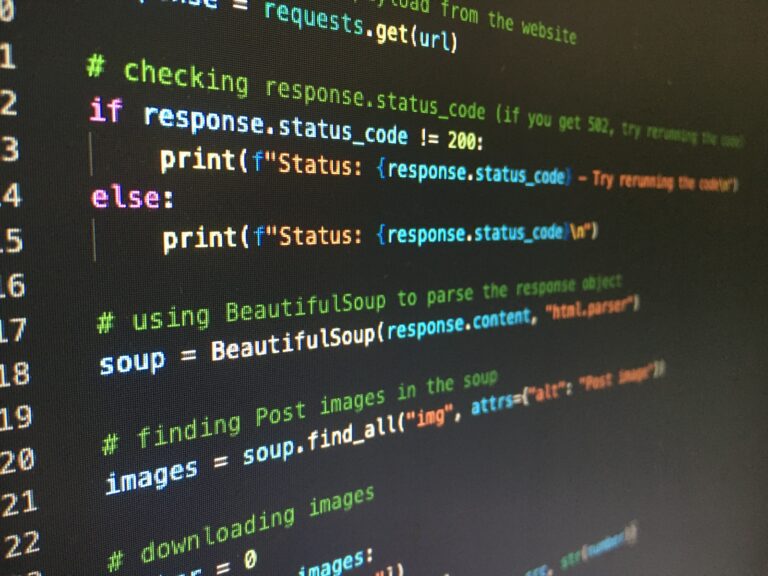Python is a popular language used widely for coding because of its simplicity and versatility. One of the most powerful aspects of Python is its ability to use lambda functions, also known as anonymous functions.
In this article, we will explore the concept of anonymous functions in Python, and how they can help simplify your code and save time in programming. We will explain their syntax, advantages, and best practices, while providing examples and tutorials to assist understanding.
Key Takeaways
- Anonymous functions, or lambdas, are a powerful feature of Python.
- They can simplify code, save time, and improve readability.
- By understanding the basics of lambda functions, you can optimize your coding skills.
What are Lambda Functions in Python?
Lambda functions, also known as anonymous functions, are a shorthand way of defining small functions in Python. They are one-liner functions that do not have a name or return statement, making them ideal for situations where a function is only needed once and would otherwise require a separate function definition.
The syntax for creating a lambda function in Python is:
lambda arguments: expression
Where arguments are the inputs to the function and expression is the result of the function. For example, the following lambda function adds two numbers:
lambda x, y: x + y
This lambda function takes two arguments (x and y) and returns their sum. Note that the value returned by the lambda function is not explicitly stated, but rather implied by the expression after the colon.
Compared to regular functions, lambda functions are more concise and easier to read, especially in functional programming contexts. However, their limited scope and lack of readability may make them less appropriate for more complex problems or larger projects.
Advantages of Lambda Functions
Python lambda functions provide several advantages over regular functions. Some of these advantages include:
- Simplicity: Lambda functions are concise and easy to read, making them useful for small, simple operations.
- Reduced Code Size: One of the primary advantages of lambda functions is their ability to reduce code size. Since they are anonymous and do not have a name, they can be defined in a single line of code, making them convenient for use in applications that require less verbose code.
- Functional Programming: Lambda functions are useful in functional programming, where they can be used as arguments for higher-order functions such as filter() and map().
Overall, the advantages of using lambda functions in Python can lead to more efficient, readable, and maintainable code, especially in cases where function definitions would be overkill.
Common Use Cases for Lambda Functions
Lambda functions in Python can be used in a multitude of practical scenarios where concise and readable code is critical. Here are some of the most common use cases for lambda functions:
Sorting data
Sorting data is a common operation in programming. Lambda functions can be used to define sorting criteria for lists, tuples, and dictionaries. For example, to sort a list of numbers in descending order:
numbers = [5, 1, 3, 7, 2, 8, 4] sorted_numbers = sorted(numbers, key=lambda x: -x)
Filtering data
Filtering data based on specific criteria is another common task in programming. Lambda functions can be used with filter() and map() functions to filter and transform data. For example, to filter a list of strings based on length:
fruits = ["apple", "banana", "cherry", "date", "elderberry"] long_fruits = list(filter(lambda x: len(x) > 5, fruits))
Mapping data
Mapping data to a new format is a frequent operation in programming. Lambda functions can be used with map() function to transform data based on a defined transformation. For example, to convert a list of Celsius temperatures to Fahrenheit:
celsius_temps = [0, 10, 20, 30, 40, 50] fahrenheit_temps = list(map(lambda x: (x * 9/5) + 32, celsius_temps))
Event handling
Event handling in GUI programming is another area where lambda functions can be handy. For example, to bind a button click event to a function:
import tkinter as tk
root = tk.Tk()
button = tk.Button(root, text="Click me")
button.bind("", lambda event: print("Button clicked!"))
button.pack()
root.mainloop()
Partial functions
Partial functions are functions that have a predefined value for one or more of their arguments. Lambda functions can be used to create partial functions by using the functools.partial() function. For example, to create a function that always adds 5 to a number:
import functools add_five = functools.partial(lambda x, y: x + y, 5) result = add_five(10)
These are just a few examples of the many practical use cases of lambda functions in Python. By leveraging the power and flexibility of lambda functions, you can write more efficient and readable code.
Lambda Functions vs. Regular Functions
While lambda functions and regular functions in Python ultimately do the same thing, there are some differences that distinguish them.
Lambda Functions
Lambda functions are anonymous functions that do not have a name. They are defined using the keyword lambda, followed by any arguments within parentheses, a colon, and the expression to be evaluated. Because they do not have a name, lambda functions are usually assigned to a variable.
Lambda functions are ideal for one-time use or for functions that are small enough to fit on one line of code. They are often used for sorting, filtering, and mapping data.
Regular Functions
Regular functions, on the other hand, are named functions that are defined using the keyword def, followed by the function name, any arguments within parentheses, a colon, and the code block to be executed. Regular functions can be called multiple times throughout a program.
Regular functions are ideal for more complex functions that require multiple lines of code or for functions that will be used multiple times in a program.
When deciding whether to use a lambda function or a regular function, consider the complexity of the function, the potential for reuse, and personal coding style.
Best Practices for Using Lambda Functions
While lambda functions can greatly simplify code and increase readability, it is important to follow best practices to ensure their effectiveness.
1. Keep Lambda Expressions Short and Simple
Since lambda functions are meant to be concise, it is best to avoid complex logic or long expressions. Instead, stick to one-line lambda expressions that are easily understandable.
2. Use Descriptive Variable Names
In order to create readable code, use descriptive variable names in your lambda expressions. This will help you and others quickly understand the function’s purpose and make any necessary changes in the future.
3. Avoid Using Complex Data Structures
While it is possible to use complex data structures in lambda expressions, it is generally advised against due to their decreased readability. Instead, use simple data structures such as lists, dictionaries, and tuples.
4. Use Parentheses for Clarity
Using parentheses around your lambda expression can help add clarity to your code. This is especially important when using lambda functions within other functions or methods.
5. Do Not Overuse Lambda Functions
While lambda functions can be powerful tools, it is important not to overuse them. In some cases, a regular function may be more appropriate. Use your best judgement and consider the context in which the function will be used.
6. Optimize Performance
To optimize the performance of your lambda functions, consider using generators instead of lists. Additionally, try to avoid using global variables as much as possible.
Implementing Lambda Functions in Python
Now that we have covered the basics of lambda functions, it’s time to put them into practice. Here are step-by-step tutorials on how to implement lambda functions in Python:
Sorting with Lambdas
One of the most common use cases for lambda functions in Python is sorting data. Let’s say you have a list of dictionaries that represent people and their ages:
people = [{'name': 'Alice', 'age': 25}, {'name': 'Bob', 'age': 20}, {'name': 'Charlie', 'age': 30}]
If you want to sort this list by age, you can use the built-in sorted() function and pass a lambda function as the key argument:
sorted_people = sorted(people, key=lambda person: person['age'])
This will return a sorted list of dictionaries, sorted by age from youngest to oldest.
Filtering with Lambdas
Another frequent use case for lambda functions is filtering data. Let’s say you have a list of numbers and you want to filter out the even ones:
numbers = [1, 2, 3, 4, 5, 6, 7, 8, 9, 10] filtered_numbers = list(filter(lambda x: x % 2 == 1, numbers))
This will return a list of odd numbers only, filtered out from the original list.
Mapping with Lambdas
You can also use lambda functions for mapping data. Let’s say you have a list of temperatures in Celsius and you want to convert them to Fahrenheit:
celsius_temps = [0, 10, 20, 30, 40] fahrenheit_temps = list(map(lambda x: (9/5)*x + 32, celsius_temps))
This will return a list of temperatures in Fahrenheit, converted from Celsius.
In each of these examples, the lambda function is used to define a custom operation that is applied on each item of the input list. By using lambda functions, you can write shorter and more concise code than with regular functions.
Conclusion
In conclusion, lambda functions offer a powerful tool for Python developers to simplify code and improve efficiency. By understanding their syntax, advantages, use cases, and best practices, you can unlock the full potential of lambda functions in your projects.
When used appropriately, lambda functions can make your code more concise, readable, and elegant. They offer a way of expressing simple, short, and efficient functions without the need for defining separate named functions.
Implementing Lambda Functions in Your Projects
To start using lambda functions in your Python projects, simply incorporate the syntax for creating them into your code. Follow best practices for writing clean, readable code that optimizes the benefits of lambda functions.
When it comes to implementing lambda functions, practice makes perfect. Experiment with different use cases and see how lambda functions can simplify your code. With some time and experience, you will be able to harness the power of lambda functions to take your Python programming to the next level.
So what are you waiting for? Start using lambda functions in your Python projects today and discover the many benefits they have to offer.


